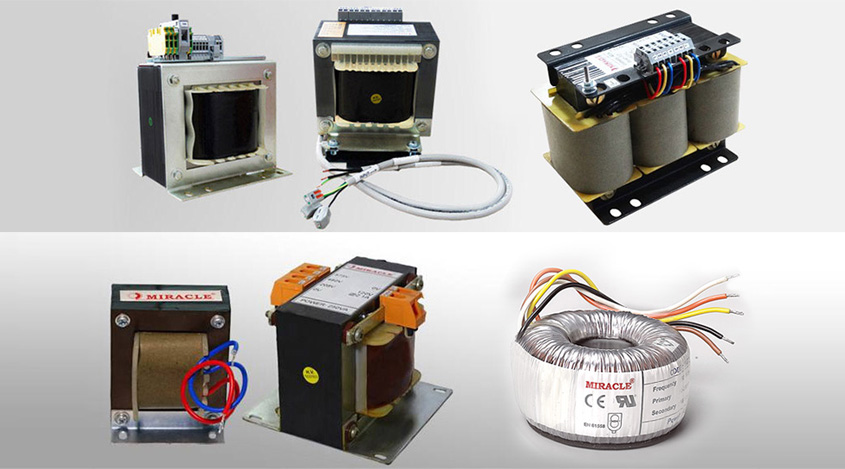The main principle on which transformers work is that every electrical field generates magnetic field and every magnetic field generates electrical field. There are many types of transformers available in the market today, each with a different purpose. If you want the best transformers, you can get in touch with Miracle Electronics, who not only provides the best-in-quality power transformers in India but, is also a leading EI transformer manufacturer in India. Whatever kind of transformer, it is very important to test it in order to know that it operates well.
First of all, you need to inspect the transformer visually. If the exterior of the transformer is bulgy or shows any kind of burn marks, don’t test the transformer. This may be a result of overheating, which is a common transformer failure. If the transformer seems alright visually, you can proceed ahead to test it. To do so, you must determine the wiring of the transformer. Obtain a schematic of the circuit containing the transformer to understand how it is connected. The schematic will be available in the product documentation or on the website of the circuit manufacturer.
Next, you must identify the inputs and outputs of the transformer. The electrical circuit that generates the magnetic field will be connected to the primary of the transformer. The other circuit that receives power from the magnetic field will be connected to the secondary of the transformer.
Now, determine the output filtering. You may attach capacitors and diodes to the transformer secondary to shape the AC power from the output into DC power. This filtering and shaping will be shown on the schematic.
Now, move towards preparing to measure circuit voltages. In order to gain access to the circuit, you need to remove covers and panels as necessary. Use a digital multimeter available at electrical supply stores to take the voltage readings. Now, use the digital multimeter in AC mode to measure the transformer primary by applying power to the circuit. If it measures less than 80% of the voltage that you expect, the fault maybe either in the transformer or the circuit. In such a case, the primary and the input circuit should be separated. If the input power shows the expected value, it means that there is a fault in the primary. While, if the input power does not show the expected value, the fault lies in the input circuit.
If there is no filtering or shaping in the secondary circuit, use the AC mode of the digital multimeter. But, if there is filtering and shaping, use the DC scale instead. It is obvious that if the expected voltage is not present on the secondary, there is a fault either in the transformer or a filtering/shaping component. In order to decide, you must test the filtering and shaping components separately. If this testing does not show any problems, it becomes obvious that the transformer is faulty.




